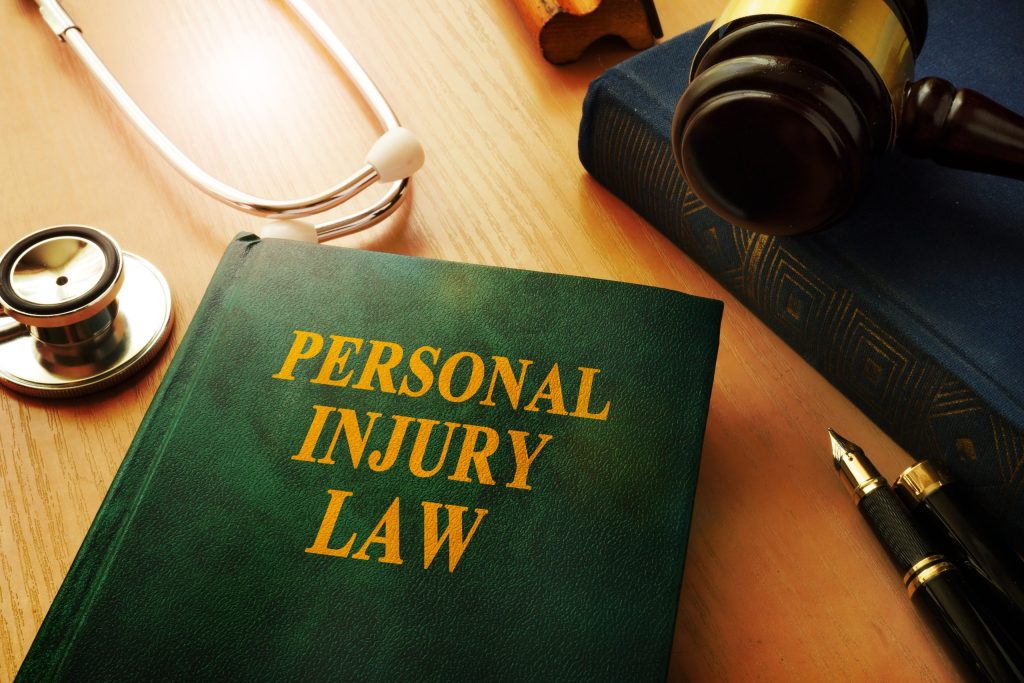Filing a personal injury claim can be a complex process, but understanding the steps involved can help you navigate it more effectively. The first step is to assess your situation and gather evidence. This includes collecting documentation of your injuries, medical records, police reports, and any witness statements. Photographs of the accident scene and your injuries can also be invaluable. It is crucial to keep a detailed record of all expenses related to your injury, such as medical bills, rehabilitation costs, and lost wages, as these will play a significant role in your claim. Once you have gathered sufficient evidence, the next step is to determine who is at fault for the accident. In many cases, this will involve establishing negligence, which means showing that another party failed to act with reasonable care, resulting in your injuries. Depending on the circumstances, multiple parties may share liability, which could affect the amount of compensation you can seek.
 After establishing fault, the next step is to contact the insurance company of the party at fault. This usually involves submitting a demand letter that outlines the details of the accident, your injuries, and the compensation you seek. It is important to be clear and concise in your letter, including all relevant evidence to support your claim. Many personal injury claims are settled at this stage, so be prepared for negotiations with the insurance adjuster. They may offer a settlement, but it is essential to consider whether it adequately compensates you for your injuries and losses. If a fair settlement cannot be reached, the next step is to consider filing a lawsuit. This involves drafting a complaint that outlines your case and the damages you are seeking. The complaint must be filed in the appropriate court, which will depend on the nature of the injury and the amount of damages sought. After the complaint is filed, the defendant will be served with the legal documents, and they will have a specified period to respond.
After establishing fault, the next step is to contact the insurance company of the party at fault. This usually involves submitting a demand letter that outlines the details of the accident, your injuries, and the compensation you seek. It is important to be clear and concise in your letter, including all relevant evidence to support your claim. Many personal injury claims are settled at this stage, so be prepared for negotiations with the insurance adjuster. They may offer a settlement, but it is essential to consider whether it adequately compensates you for your injuries and losses. If a fair settlement cannot be reached, the next step is to consider filing a lawsuit. This involves drafting a complaint that outlines your case and the damages you are seeking. The complaint must be filed in the appropriate court, which will depend on the nature of the injury and the amount of damages sought. After the complaint is filed, the defendant will be served with the legal documents, and they will have a specified period to respond.
Once the lawsuit is underway, both parties will engage in a process called discovery and learn more. During discovery, each side exchanges evidence and information relevant to the case, which can include depositions, interrogatories, and requests for documents. This phase can be lengthy, and both parties may seek to resolve the case through mediation or settlement discussions to avoid a lengthy trial. If the case does not settle during discovery, it will proceed to trial. During the trial, both parties will present their evidence, and a judge or jury will decide the outcome. The trial process can be complex, so having an experienced personal injury attorney by your side is crucial. They can help you present your case effectively and navigate the legal system. Finally, if you win your case, the court will award damages to compensate you for your injuries and losses. This can include medical expenses, lost wages, pain and suffering, and other related costs. Therefore, it is vital to weigh the potential risks and benefits of pursuing a personal injury claim.